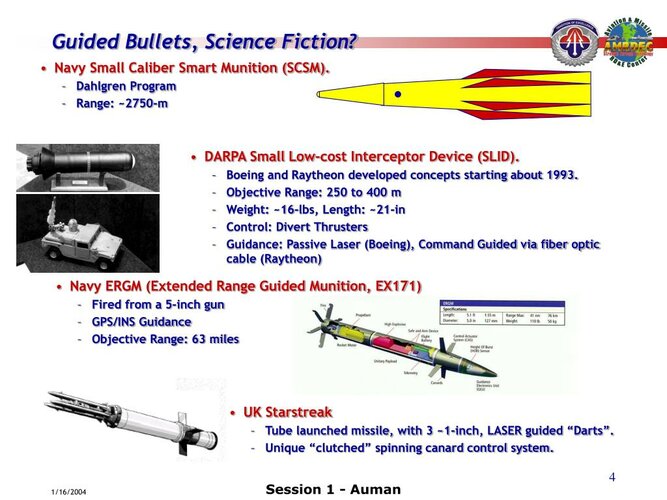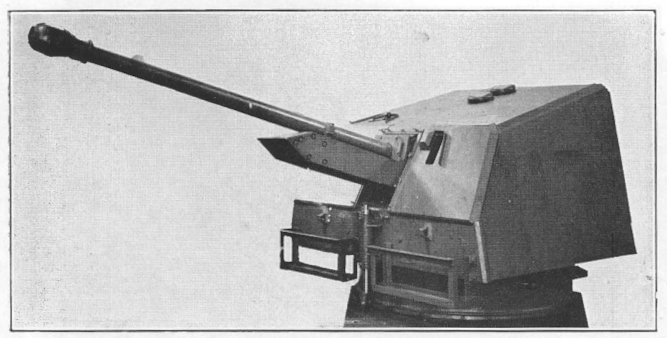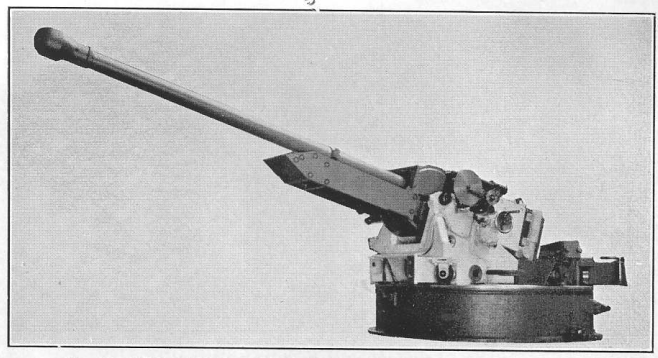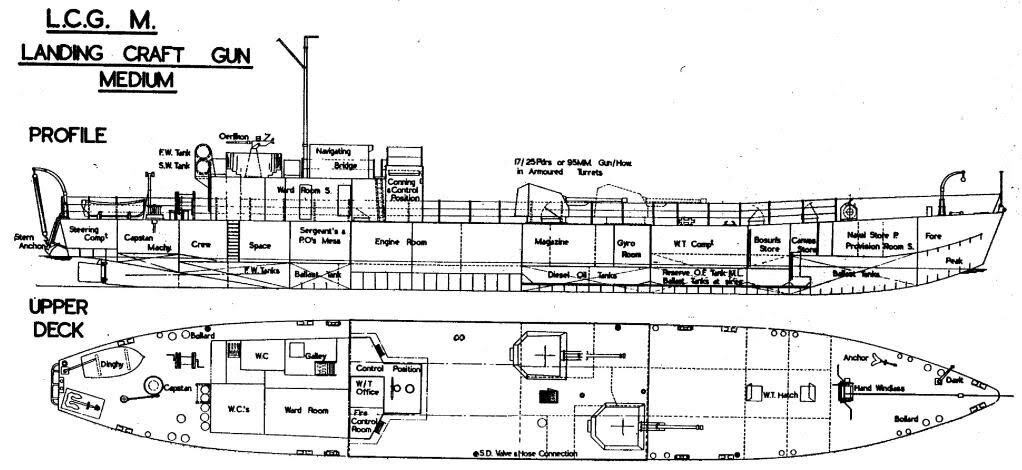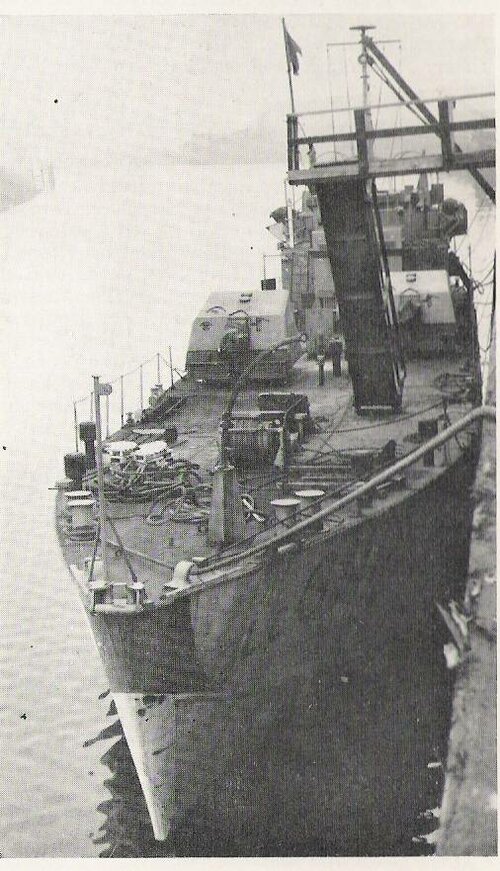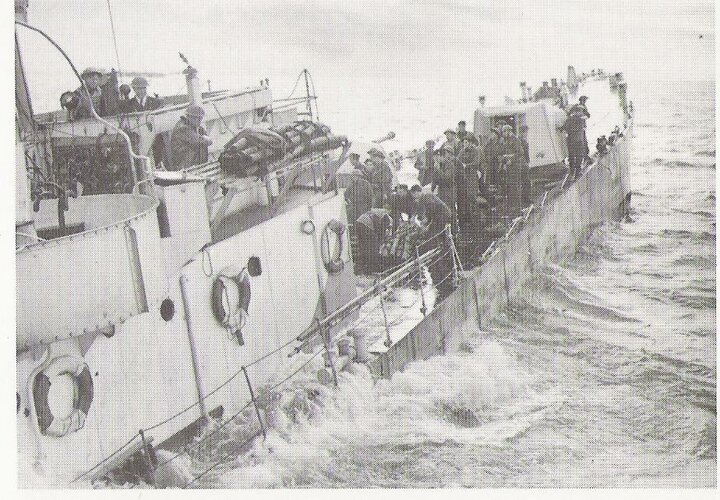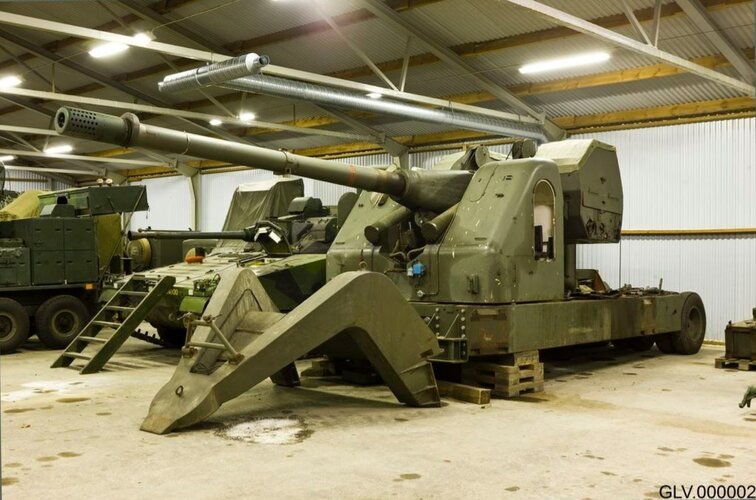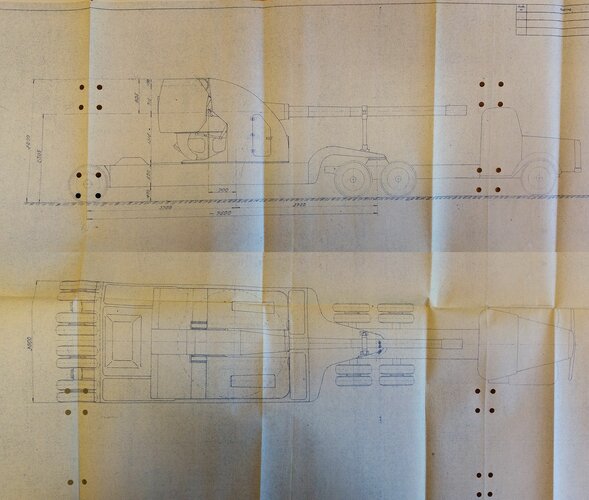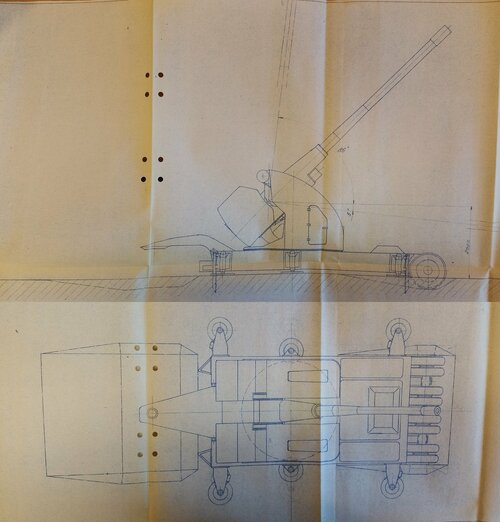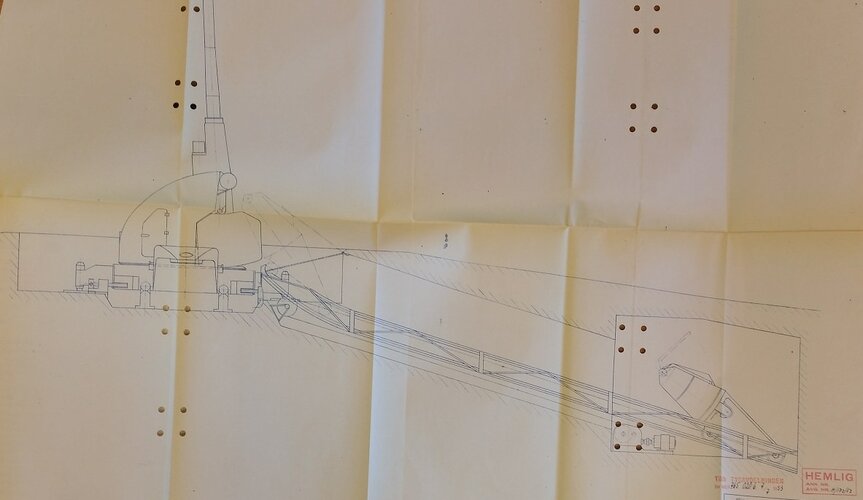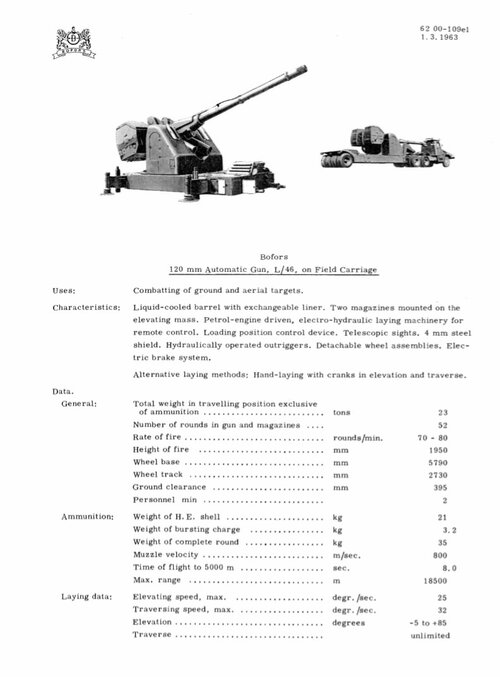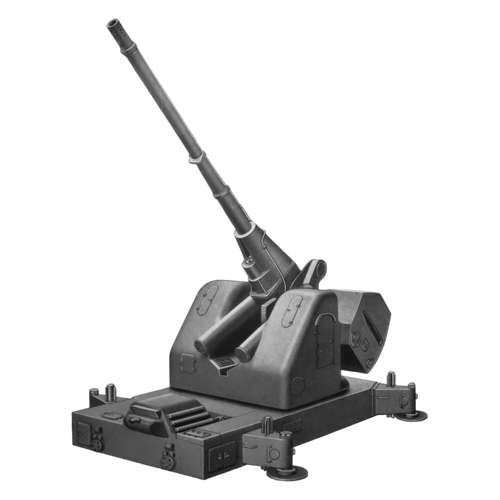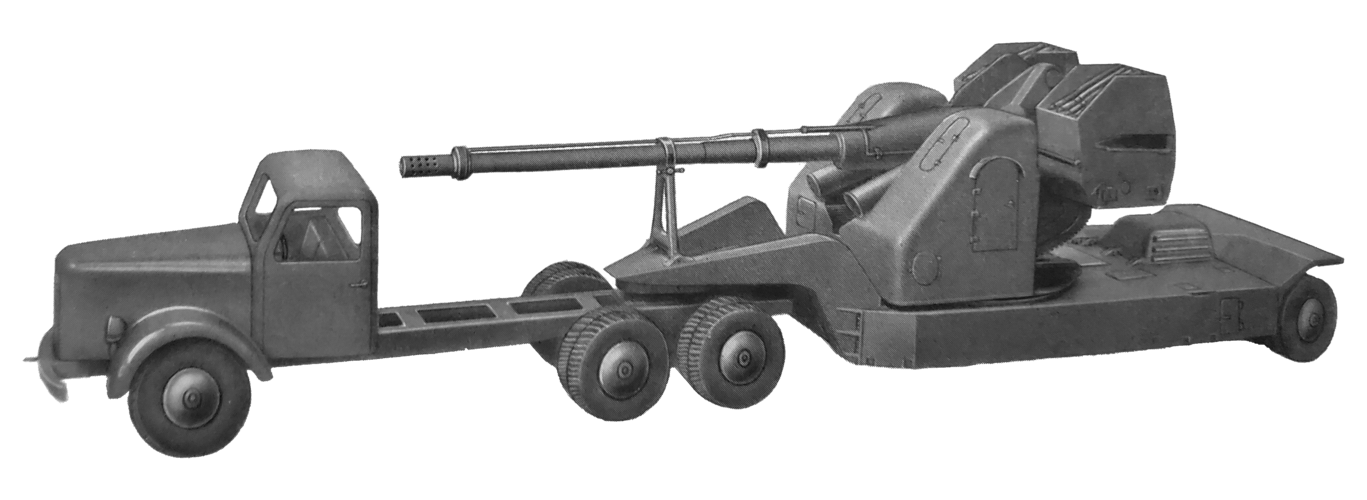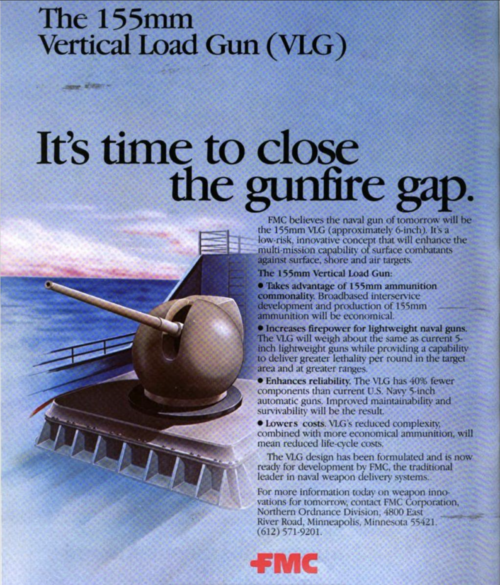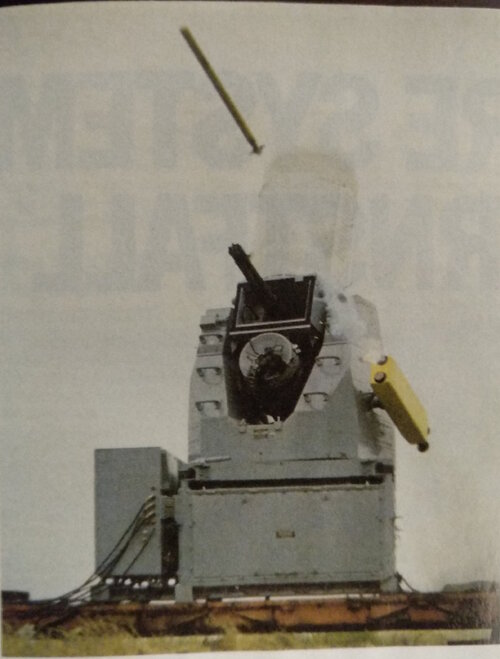Hey TomS
Thanks for those posts!! Some great info there.
The start date for this project of 1962 is interesting because off the top of my head I can only think of a handful of vessel classes that used them. Namely, the Storm Class patrol boats and Sleipner Class corvettes of Norway and on the Vosper FACs of Singapore. They are all of 1960s vintage meaning that Bofors must have ceased marketing this weapon after just a few years.
When you look at the low ROF compared the Bofors 57mm mk i (developed around the same time early 1960s) and the slightly later (mid 1960s) Oto Malera 76mm its perhaps unsurprising that it was given the heave-ho! To say nothing about its lack of adaptability to different tasks as you have pointed out!
It is worth noting though that the imensely successful Oto 76mm of today is the second attemt. The original 76mm "allargato" gun was pretty unsuccessful, being ordered only by the Italian Navy. It does make you wonder though, given that Oto took a couple of attempts to get things right, if Bofors had persisted they might just have produced something excellent and really dominated the medium calibre market. Not exactly a pipedream when you consider so of the great guns they have produced!
Its probably a bad reference, but just look at the TAK120. It was developed, as with the TAK76, in 1962 as a private venture. It was only adopted by Finland (Turunmaa Class 1960s) and Indonesia (Corvettes early 1980s). In all likelyhood it was harmed by the Swedish decision to disgard all vessels larger then torpedo/missile boats from 1968 onwards. Anyway, it was 120mm and managed 80!! rounds per minute. A staggering rof for a gun of that vintage!

www.navweaps.com
C

